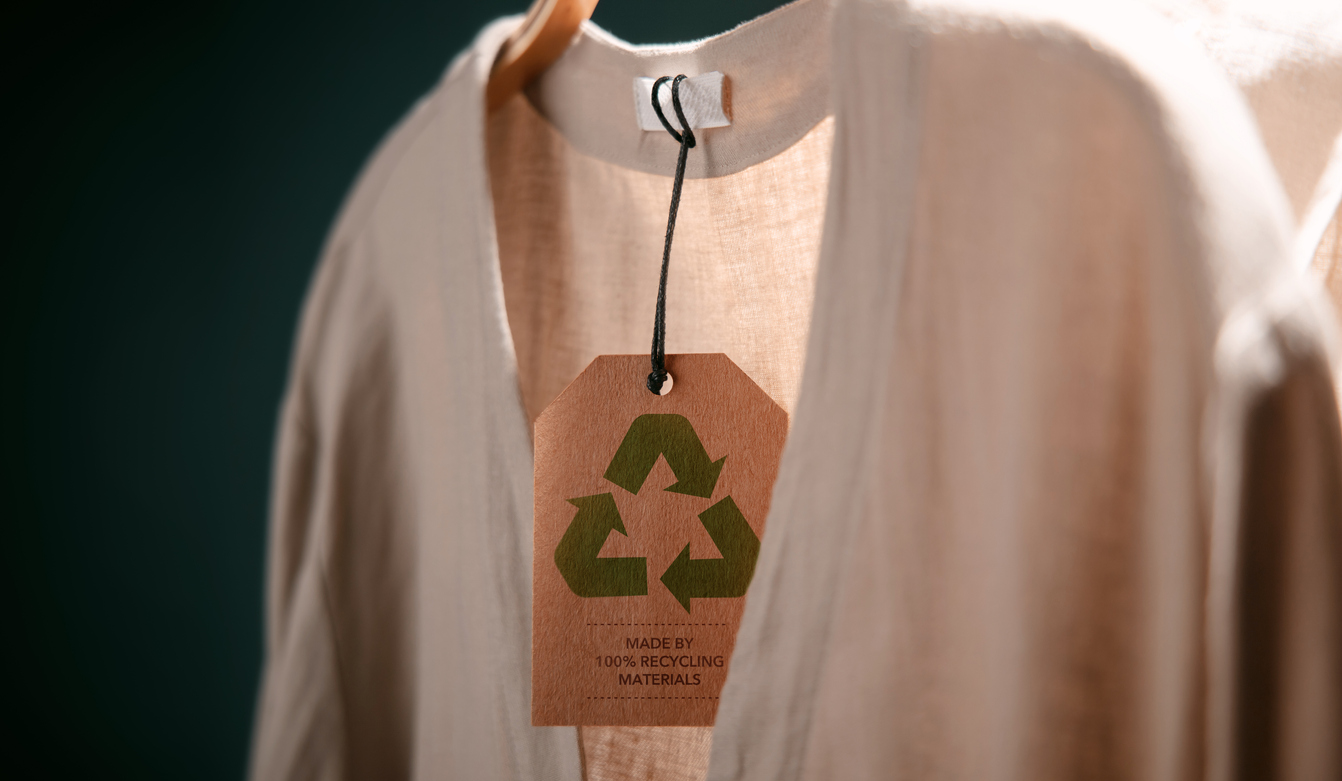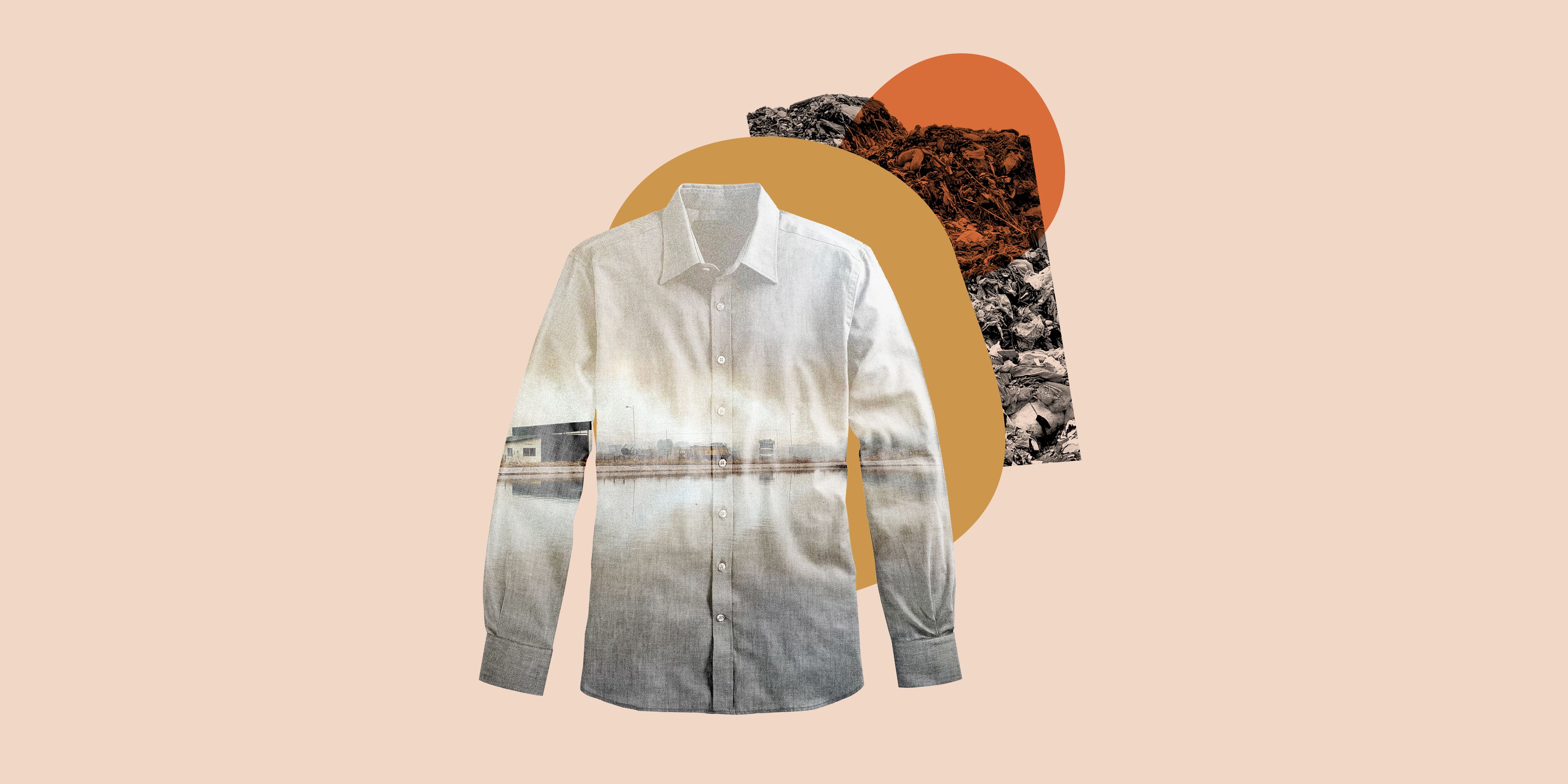Cape Town Sustainable Fashion: Honest Garments for a Better World
Cape Town Sustainable Fashion: Honest Garments for a Better World
Blog Article
Keep Ahead of the Curve by Discovering Innovative Style Fads
In a market as vibrant as style, remaining in advance involves more than just adhering to current fads-- it requires an exploration of technology. Smart textiles, for circumstances, are transforming garments into useful masterpieces, while 3D printing is revolutionizing style processes with its adjustable, waste-reducing capabilities. As sustainability becomes a foundation, technologies like eco-friendly products and circular style methods are improving environmental responsibility - Cape Town Sustainable Fashion. Additionally, the merging of technology and style advertises a new era of consumer interaction. Just how, then, can these arising trends redefine the future of fashion, and what effects do they hold for brands looking for to prosper in this evolving landscape?

Embracing Smart Textiles
In current years, the apparel industry has actually seen a transformative shift with the assimilation of smart fabrics, a cutting-edge innovation that blends technology with material. This development represents not just a blend of aesthetics and performance however also a considerable jump in the direction of sustainability and personalization in fashion. Smart fabrics, also known as e-textiles, installed innovative electronic devices such as sensors and conductive threads within the material, making it possible for garments to interact with the atmosphere or the wearer.
These fabrics are designed to keep an eye on physiological specifications, such as heart rate or body temperature level, supplying real-time health and wellness analytics. Beyond wellness applications, wise textiles are likewise being used for flexible apparel, which can transform shade or pattern in response to ecological stimulations, therefore offering a dynamic style experience.
Moreover, the growth of energy-harvesting fabrics that generate power from activity or sunshine is leading the method for self-sufficient wearable innovation. This technology is interesting ecologically aware customers and developers aiming to decrease the eco-friendly impact of style. As r & d in this field development, smart fabrics are anticipated to become increasingly common, reshaping the landscape of contemporary fashion with their multifunctional capacities.
The Surge of 3D Printing
Changing the production landscape, 3D printing has actually emerged as a game-changer in the fashion business. This cutting-edge innovation has allowed developers to push the limits of creativity, creating elaborate and tailored garments that were previously inconceivable. By leveraging digital style and additive production, 3D printing facilitates the development of complex geometries and patterns, enabling developers to experiment with new structures and frameworks.
A notable benefit of 3D printing in vogue is its capacity to create on-demand, decreasing waste and lowering inventory requirements. This performance not just enhances production procedures yet likewise allows for rapid prototyping, allowing developers to bring their visions to life in a much shorter duration. In addition, 3D printing sustains modification to a level unparalleled by traditional approaches, using special layouts and individualized fits customized to individual customer choices.
The rise of 3D printing has additionally equalized style, making it accessible to emerging designers that can now fabricate high-quality pieces without significant monetary investment in traditional manufacturing infrastructure. As innovation remains to breakthrough, the style industry is positioned to harness the complete potential of 3D printing, checking out new products and techniques that will most certainly redefine how fashion is conceived and produced.
Sustainable Fashion Technologies
As the apparel industry comes to grips with journalism requirement for environmental obligation, lasting style developments have actually arised at the leading edge of transformative modification. The expanding understanding of environmental influence has sustained a change in the direction of more eco-conscious techniques and products. Brand names and developers are currently focusing on sustainability, incorporating approaches that lessen waste and reduce carbon footprints.
One substantial advancement is the rise of circular fashion, which emphasizes recycling and upcycling to expand the lifecycle of garments. This technique not only lowers waste however likewise urges customers to take on an extra conscious technique to garments intake. Furthermore, using sustainable products, such as organic cotton, hemp, and recycled polyester, has actually gained grip. These materials require much less water and energy throughout production, considerably decreasing environmental influence.
Another breakthrough depends on the fostering of cutting-edge dyeing strategies that utilize waterless processes or natural dyes, consequently reducing the large quantities of water and chemicals typically used in fabric dyeing. Furthermore, innovations in biotechnology have led to the production of lab-grown natural leather and fabrics, supplying environmentally friendly and cruelty-free alternatives to conventional materials. Via these pioneering efforts, the fashion industry is making significant strides in the direction of a more lasting future.

Tech-Integrated Clothing
Tech-integrated garments stands for a cutting-edge combination of style and modern technology, reshaping how people engage with their clothing. This innovative domain name is noted by the addition of wise fabrics and ingrained digital components, improving both capability and aesthetic appeal. From health and fitness trackers installed in sports apparel to heated coats controlled via smartphone applications, tech-integrated apparel offers consumers extraordinary convenience and versatility.
Introducing brands are driving this fad, focusing on creating garments that react to ecological stimulations or user commands. For circumstances, some garments can change helpful resources shade or pattern in response to temperature changes, while others integrate biometric sensing units to keep an eye on health metrics like heart price or stress and anxiety levels. The seamless integration of innovation into textiles also encompasses ecological sustainability, with initiatives to create self-cleaning fabrics or garments that change to weather problems, thus minimizing the demand for numerous layers.
Furthermore, the development of wearable innovation is not just restricted to clothing however prolongs to devices like watches and eyeglasses, more expanding the extent of tech-integrated style. As the market remains to introduce, the potential for modification and personalization in garments expands, supplying customers distinct, tech-enhanced fashion experiences that satisfy their specific requirements and choices.
Future of Virtual Style
In current years, the future of virtual fashion has become a transformative pressure within the sector, leveraging innovations in digital technology to their website redefine just how fashion is created, experienced, and eaten. By integrating augmented reality (AR), online truth (VIRTUAL REALITY), and 3D design devices, developers can now craft immersive and interactive experiences that go beyond typical fashion limits. Online fashion permits the development of garments that exist only in digital atmospheres, using unlimited opportunities for technology without the constraints of physical production.
This electronic shift not only offers possibilities for imaginative expression however also addresses sustainability concerns integral in typical fashion practices. Cape Town Sustainable Fashion. By getting rid of the demand for physical sources, virtual style decreases waste and reduces carbon impacts. In addition, the increase of online style aligns with the enhancing consumer demand for individualized and distinct experiences, as virtual pop over to these guys garments can be personalized and customized to specific choices easily

Final Thought
The fashion sector's future lies in the combination of ingenious innovations and sustainable methods. Virtual fashion is poised to redefine customer communications.
In current years, the fashion sector has experienced a transformative change with the assimilation of clever textiles, an advanced technology that blends technology with textile.As the fashion market grapples with the pushing need for ecological duty, lasting style developments have actually emerged at the forefront of transformative adjustment.In recent years, the future of digital style has arised as a transformative pressure within the market, leveraging advancements in digital technology to redefine exactly how fashion is produced, experienced, and taken in. The increase of digital fashion straightens with the boosting customer demand for individualized and one-of-a-kind experiences, as virtual garments can be personalized and tailored to private choices with convenience.
The fashion industry's future lies in the integration of cutting-edge innovations and lasting practices.
Report this page